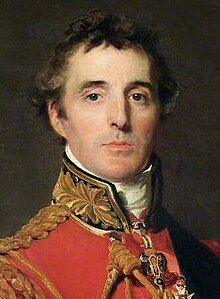Portugal did not comply with the
Continental System, so in 1807 Napoleon invaded with the support of Spain. Under the pretext of a reinforcement of the Franco-Spanish army occupying Portugal, Napoleon invaded Spain as well, replaced
Charles IV with his brother Joseph and placed his brother-in-law Joachim Murat in Joseph's stead at Naples. This led to resistance from the Spanish army and civilians in the
Dos de Mayo Uprising.
Following a French retreat from much of the country, Napoleon took command and defeated the
Spanish Army. He retook Madrid, then outmanoeuvred a British army sent to support the Spanish and drove it to the coast.
Before the Spanish population had been fully subdued, Austria again threatened war, and Napoleon returned to France.
The costly and often brutal Peninsular War continued in Napoleon's absence; in the second
Siege of Saragossa most of the city was destroyed and over 50,000 people perished.
Although Napoleon left 300,000 of his finest troops to battle Spanish
guerrillas as well as British and Portuguese forces commanded by
Arthur Wellesley, 1st Duke of Wellington, French control over the peninsula again deteriorated.
Following several allied victories, the war concluded after Napoleon's abdication in 1814.
Napoleon later described the Peninsular War as central to his final defeat, writing in his memoirs "That unfortunate war destroyed me... All... my disasters are bound up in that fatal knot.


0 comments:
Post a Comment